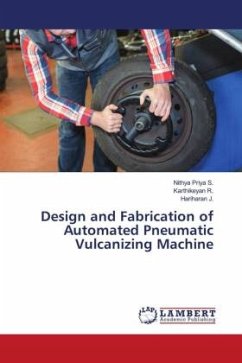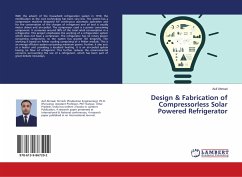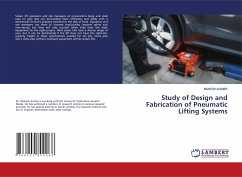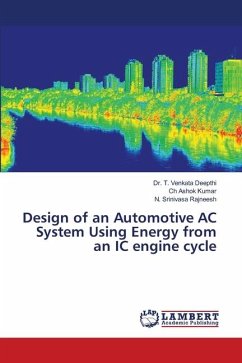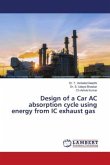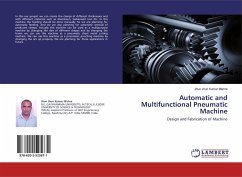Manufacturing of tire and other rubber products involves vulcanization process, an irreversible reaction between the elastomer, sulphur, and other chemicals producing crosslinks between the elastomer molecular chains and leading to the formation of a three-dimensional chemical network. Most seals consist of two ends that are separated by a lip. This allows them to installed on two passages. The mating surface of two pipes, for instance, can use a seal. One end of the seal will fit around one pipe. Whereas the other end of the seal will fit around the opposite pipe. Vulcanized seals feature this same design consisting of two ends. With that said, the ends of a vulcanized seal are chemically bonded to ensure a superior level of protection against leaks. When exposed to heat, pressure and adhesives, the two ends bond together. Because they are made of vulcanized rubber, vulcanized seals offer several benefits. For starters, they are exceptionally strong and durable. Some reports suggest that vulcanized rubber is 10 times stronger than traditional, natural rubber. As a result, vulcanized seals are highly effective at protecting against leaks.

